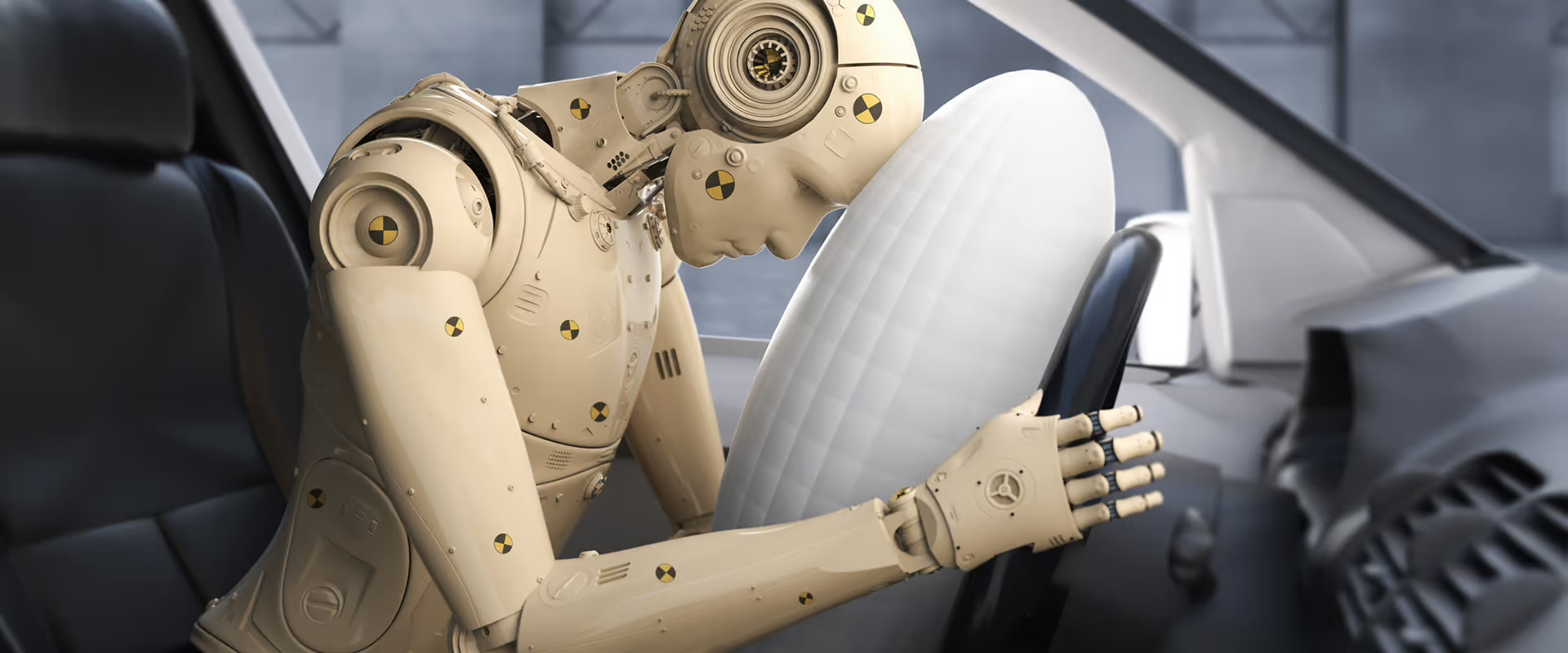The Evolution of Car Safety: From Seatbelts to Autonomous Vehicles
Car safety has come a long way since the introduction of the first seatbelt. Over the decades, innovations in automotive technology have transformed the way we think about safety on the road. From basic seatbelts to advanced driver-assistance systems, the evolution of car safety reflects our commitment to protecting drivers, passengers, and pedestrians alike. Join us as we explore the remarkable journey of automotive safety advancements and what the future holds.
The Birth of Seatbelts
The seatbelt was first introduced in the 1950s, marking a significant milestone in automotive safety. Initially, they were optional and not widely adopted. However, as research demonstrated their effectiveness in reducing injuries during accidents, laws began to change. Today, seatbelts are mandatory in most countries, and their design has evolved to include features like pretensioners and load limiters, ensuring maximum protection for occupants in the event of a collision.
Advancements in Airbag Technology
Airbags have become a standard feature in modern vehicles, providing an additional layer of protection during crashes. The first airbag was introduced in the 1970s, but it wasn't until the 1990s that they became commonplace. Today, vehicles are equipped with multiple airbags, including front, side, and curtain airbags, designed to protect passengers in various types of collisions. The ongoing development of airbag technology continues to enhance safety, making cars safer than ever before.
The Rise of Driver-Assistance Systems
In recent years, the automotive industry has seen a surge in driver-assistance technologies, such as lane departure warnings, adaptive cruise control, and automatic emergency braking. These systems are designed to assist drivers in avoiding accidents and improving overall road safety. As technology advances, we are moving closer to fully autonomous vehicles that can navigate without human intervention, promising a future where road safety is significantly enhanced.
The Role of Crash Testing
Crash testing plays a crucial role in the development of safer vehicles. Organizations like the National Highway Traffic Safety Administration (NHTSA) and the Insurance Institute for Highway Safety (IIHS) conduct rigorous tests to evaluate vehicle safety performance. These tests provide valuable data that manufacturers use to improve vehicle design and safety features. Understanding crash test ratings can help consumers make informed decisions when purchasing a vehicle.
The Importance of Ongoing Safety Education
While advancements in vehicle safety technology are impressive, driver education remains essential. Understanding how to use safety features effectively and practicing safe driving habits can significantly reduce the risk of accidents. Ongoing safety education initiatives aim to raise awareness about the importance of vehicle safety and encourage responsible driving behaviors among all road users.
Conclusion: A Safer Future Ahead
The evolution of car safety is a testament to human ingenuity and our commitment to protecting lives on the road. As we continue to innovate and improve safety technologies, the future of automotive safety looks promising. By staying informed and embracing new advancements, we can all contribute to a safer driving environment for ourselves and future generations. Explore our resources to learn more about the journey of car safety and how you can be a part of it.




